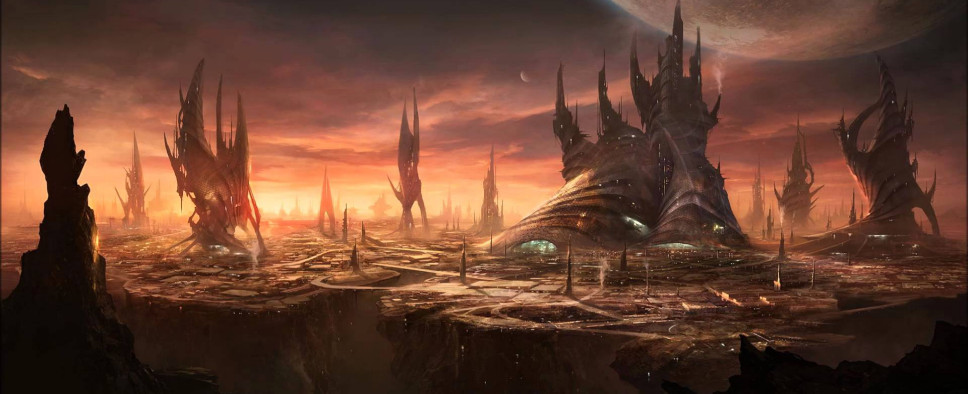Stellaris First Impressions
-
Category: PreviewsHits: 18180

Article Index
Introduction
While I can't say I'm completely unfamiliar with Paradox Development Studio's output, the preview build of Stellaris marks the first time I've actually immersed myself in one of their grand strategy games. It's also a first for the development team, as it marks the first time they develop a title that isn't bound by the past and instead imagines the future.
Of Tutorials and Space Exploration
Stellaris starts by letting the player create an empire or choose from a number of pre-made empires, such as, for example, the United Nations of Earth. A starting empire will have a single primary species (later on, when expanding, the empire will begin to integrate more alien species, which can bring interesting challenges and bonuses), a homeworld which will also determine the primary species' habitat preferences, a set of ethics and a government compatible with those ethics, and a starting weapon and FTL travel method for the empire's ships. The goal of the game is to expand your empire throughout the galaxy either by colonizing enough planets or crushing the other empires.
It is quite a lot to digest -- especially for a genre newcomer -- but the upside is that creating an empire from scratch is undeniably satisfying. If you personally prefer to explore space with a colony of sentient mushrooms that travel from a system to another with a wormhole generator, Stellaris simply says "be my guest." Some of these choices have mechanical effects, of course, but personally I found that it's the flavour that really sells the game experience.
Take the tutorial, for example. The majority of tutorial messages are fully voiced and written in-character. New players are guided by an artificial intelligence with a cheeky but underplayed sense of humor. Sure, science ships need to be manned by a scientist leader, but really, it's only saying that because its on-board programming forces it to do so! Stellaris' prose could have quickly turned into a farce in the hands of less skilled writers, but thankfully Paradox understands that humorous remarks like that are best used in moderation.
The same philosophy doesn't carry over to the actual design of the tutorial, unfortunately. Stellaris is supposed to be a more gentle and welcoming introduction to Paradox's own brand of strategy and dynamic, emergent gameplay and storytelling (more of my thoughts on that later), but the tutorial bombards the player with numbers and concepts right from the very start. Very few systems in Stellaris feel particularly complex or convoluted on their own, but on the flipside, there is a system for everything.
For example, it's possible to both implement planet-wide edicts and also change the entire empire's policies, and those are two different things. On top of that, the current ruler of the Empire will bring his or her own set of bonuses to the empire, as the governor of a planet will for the planet under their own jurisdiction. Said planets can be micromanaged too, but there's a limit to how many planets can be directly controlled, and eventually a player will have to create sectors that the AI will micromanage for them.
In other words, Stellaris is a dense game. It starts simple, however. One of the reasons I think Stellaris' tutorial is bad is that there really is no reason to introduce so many concepts early on. At the beginning, if taken at its core, Stellaris is a surprisingly simple game of expansion and resource gathering. At the start, you control a single planet inside a solar system. The goal is simply to set up some mining and research stations to obtain more resources and expand into neighboring systems.
Stellaris makes use of a variety of resources, but the most important and fundamental are three. Energy credits are essentially Stellaris' way of conflating money and power. They are generated from power plants or can be obtained from mining stations orbiting around other planets or celestial bodies. Normally, they're simply used for the maintenance of the empire's various buildings, ships, armies and orbiting stations. Minerals, on the other hand, are similarly obtained from mining stations and mineral networks and silos on the empire's planets. They are used to build ships, buildings and stations, and they're by far the most intuitive resource in the game. For the most part, minerals are only used when you decide to build something.

